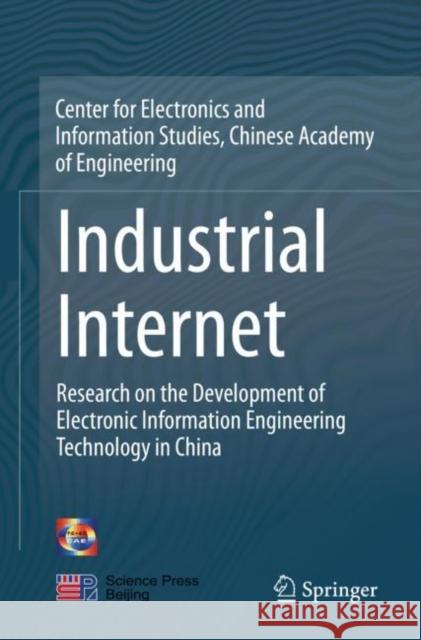Industrial Internet: Research on the Development of Electronic Information Engineering Technology in China » książka
topmenu
Industrial Internet: Research on the Development of Electronic Information Engineering Technology in China
ISBN-13: 9789811574894 / Angielski / Miękka / 2020 / 56 str.
Industrial Internet: Research on the Development of Electronic Information Engineering Technology in China
ISBN-13: 9789811574894 / Angielski / Miękka / 2020 / 56 str.
cena 100,84 zł
(netto: 96,04 VAT: 5%)
Najniższa cena z 30 dni: 96,35 zł
(netto: 96,04 VAT: 5%)
Najniższa cena z 30 dni: 96,35 zł
Termin realizacji zamówienia:
ok. 22 dni roboczych
Bez gwarancji dostawy przed świętami
ok. 22 dni roboczych
Bez gwarancji dostawy przed świętami
Darmowa dostawa!
Kategorie:
Kategorie BISAC:
Wydawca:
Springer
Język:
Angielski
ISBN-13:
9789811574894
Rok wydania:
2020
Wydanie:
2020
Ilość stron:
56
Waga:
0.14 kg
Wymiary:
23.37 x 19.3 x 0.25
Oprawa:
Miękka
Wolumenów:
01











